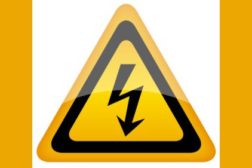Articles by Dave Johnson
Fed shutdown creates roadkill risks
The unintended consequences of Washington theatrics
November 4, 2013
OSHA
The truth that sickens and kills
Michaels admits PELs are outdated, dangerous
November 1, 2013
Snapshot of the U.S. personal protective equipment market 2013
What is the most important trend in PPE distribution in the last five years?
October 30, 2013
Never miss the latest news and trends driving the safety industry
eNewsletter | Website | eMagazine
JOIN TODAYCopyright ©2024. All Rights Reserved BNP Media.
Design, CMS, Hosting & Web Development :: ePublishing







